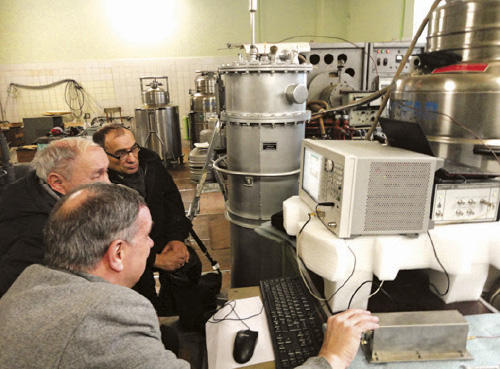Belarusian scientists have created a superconducting niobium resonator, designed to accelerate electrons and positrons to a loaded quality factor of 1.49x10 to the power of nine: a global first. The key component of the International Linear Collider (ILC) allows the energy of the electromagnetic field to be transferred to charged particles, which then accelerate. About 20,000 resonators will be required to build the linear collider and Belarus may be chosen as one of the manufacturers.

Scientists of Belarusian NAS test first superconducting niobium resonator
Research divisions from Belarus’ three largest research institutions have been involved: the Belarusian State University; the Belarusian State University of Informatics and Radioelectronics; and the National Academy of Sciences of Belarus. In all, 26 research employees from Belarus have worked on the project, including five doctors and eight candidates of science, defending two Master’s theses and registering nine patents. Moreover, co-operation has been established with the world’s leading centres making and testing niobium resonators.
The International Linear Collider is expected to become the next step in studying high-energy physics — after the Large Hadron Collider (LHC). The International Linear Collider is a complicated machine, dozens of kilometres long, able to accelerate charged elementary particles to sublight speeds, using a high-frequency electromagnetic field. It will allow us to better understand the constituent parts of the Universe, and how they interact with each other. The Collider is expected to be built in Japan, costing $7.8bn: nearly twice as much as the 27km Large Hadron Collider (LHC).
By Alexander Pimenov











